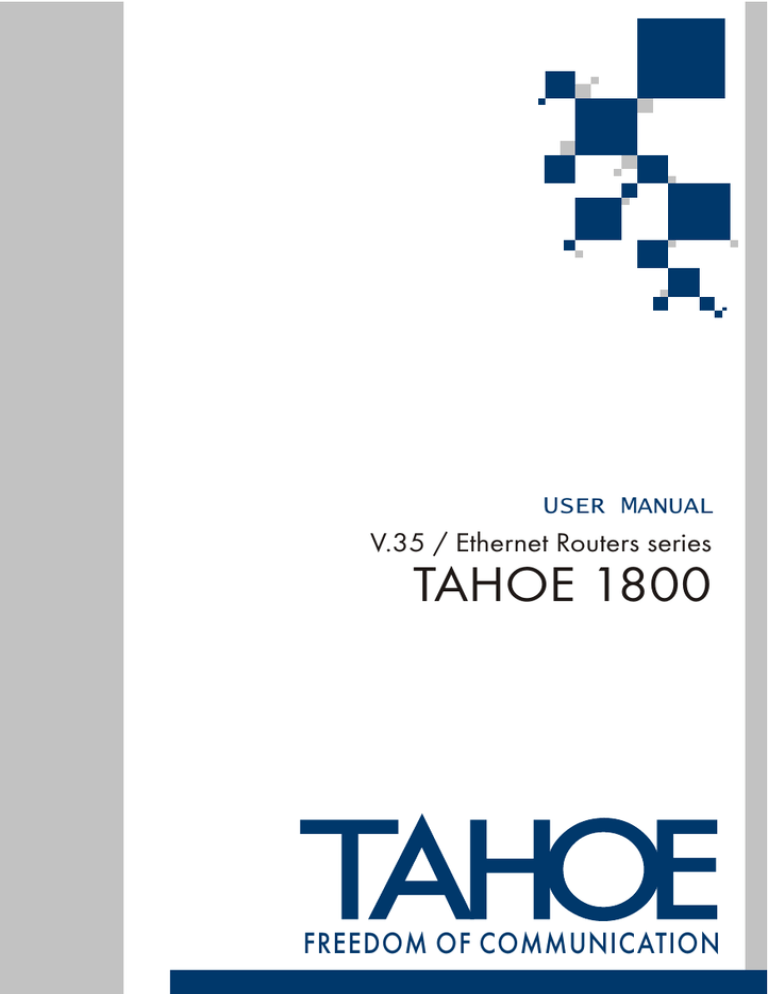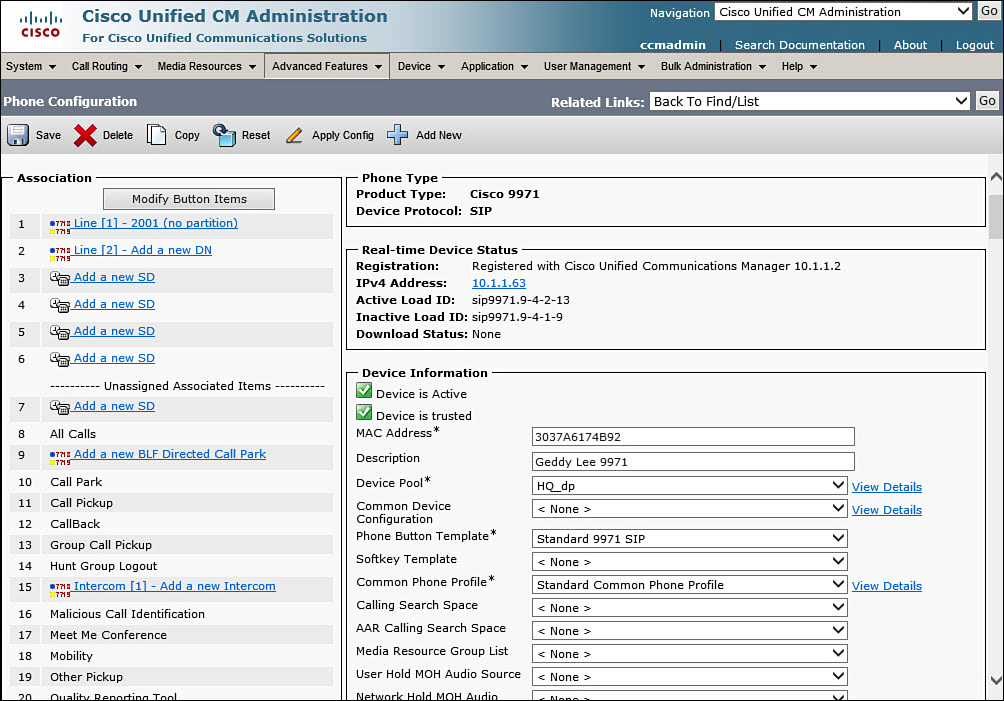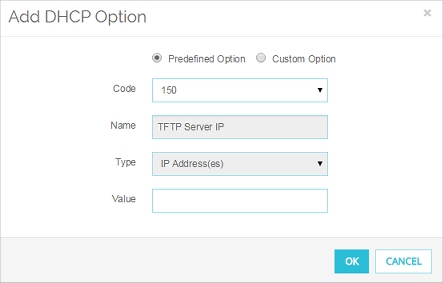Adding a static route to your Windows routing table is pretty easy.
Just use an elevated command prompt (Run as administrator-where needed) and type the following example:
Jun 16, 2009 You can manually configure the IP address, mask, gateway and TFTP on the phones. Power the phone up, go to settings network config. Than unlock the config using by pressing the following keys.# Than scroll down till you see 'DHCP Enabled' set it to No. Look for 'Alternate TFTP' and set that to Yes. The interface number is listed in your 'route print' output: The first number is the interface number then you get a few dots to separate it for padding from its MAC address. Your Intel Ethernet is '8', Wireless is '2'. Microsoft Wi-Fi virtuals are 10 and 18. Oct 16, 2017 arp /a To display the arp cache table for the interface that is assigned the IP address 10.0.0.99, type: arp /a /n 10.0.0.99 To add a static arp cache entry that resolves the IP address 10.0.0.80 to the physical address 00-AA-00-4F-2A-9C, type: arp /s 10.0.0.80 00-AA-00-4F-2A-9C Additional References. Command-Line Syntax Key. There are a few 3rd party user friendly GUI tools such as Cain & Able, Win IP Config, Routing Table GUI that runs on Java, and HoverIP, that claims to have the feature to manipulate Windows route table but unfortunately most of them don’t work very well in the sense that it only shows the routing table, but is unable to add, remove or modify an existing route.
route -p add 10.11.12.13 255.255.255.255 10.11.12.14 metric 3 if 2
Tftpd64

The “-p” argument is important if you want your route to be here when you reboot (persistent). You should be familiar with arguments “metric” and “if” if you are using this commands. A good starting point is HELP for this command. Type “route add –help”.
To check your result type “route print” and it should be under “Persistent routes” section.
To remove or to delete an entry, type this: “route -p delete 10.11.12.13”
The “p” argument is also important as it concerns the Persistent Routes table, otherwise it would concern the first Active route table.
Another trick to check and edit your persistent routes is through the system registry.
In your regeditor follow this path:
HKEY_LOCAL_MACHINE->SYSTEM->CurrentControlSet->
->Services->Tcpip->Parameters->PersistentRoutes
After any change that includes your network connection check that its settings are not changed (i.e. gateway).
When you are editing your routes just be sure they are not on a remote machine because you could get easily cut off:)
Just like regular hosts, if a Cisco router wants to exchange frames with a host in the same subnet, it needs to know its MAC address. The IP-to-MAC address mapping are kept in the router’s ARP table. Consider the following example:
Manual Add A Address Tftp Server Arp Table In Windows 10 Microsoft
R1 has two connected subnets – 10.0.0.0/24 and 172.16.0.0./16. Before exchanging frames with either host, R1 will need to know their MAC addresses. Here is the output of the R1’s ARP table:

The ARP table contains two entries for R1’s own two interfaces with the IP address of 10.0.0.1 and 172.16.0.1. The – in the age column indicates that the entry will never be timed out.
The ARP table also lists the MAC addresses of the two connected hosts. Consider the entry for Host A:
Here is a brief description of each field:

- Protocol – the protocol type, almost always Internet
- Address – the IP address associated with the MAC address, in our case the IP address of Host A
- Age – by default, an entry will be removed from the ARP table if it wasn’t used in 240 minutes. 6 in this column means that the entry was last used 6 minutes ago. Each time an entry is used, the age will be reset back to zero.
- Hardware – the MAC address of the host with the corresponding IP address.
- Type – the type of hardware address. For Ethernet, this value will always be ARPA.
- Interface – the interface on R1 on which the corresponding host is connected.
Here are the steps R1 needs to take before forwarding frames to Host A:
Tftp Server For Windows
- R1 wants to communicate with Host A. R1 checks its routing table. The subnet on which Host A resides is a directly connected subnet.
- R1 checks its ARP table to find out whether the Host A’s MAC address is known. If it is not, R1 will send an ARP request to the broadcast MAC address of FF:FF:FF:FF:FF:FF.
- Host A receives the frame and sends its MAC address to R1 (ARP reply). The host also updates its own ARP table with the MAC address of the Gigabit0/0 interface on R1.
- R1 receives the reply and updates the ARP table with the MAC address of Host A.
- Since both hosts now know each other MAC addresses, the communication can occur.
Download our Free CCNA Study Guide PDF for complete notes on all the CCNA 200-301 exam topics in one book.
Manual Add A Address Tftp Server Arp Table In Windows 10 Download
We recommend the Cisco CCNA Gold Bootcamp as your main CCNA training course. It’s the highest rated Cisco course online with an average rating of 4.8 from over 30,000 public reviews and is the gold standard in CCNA training: